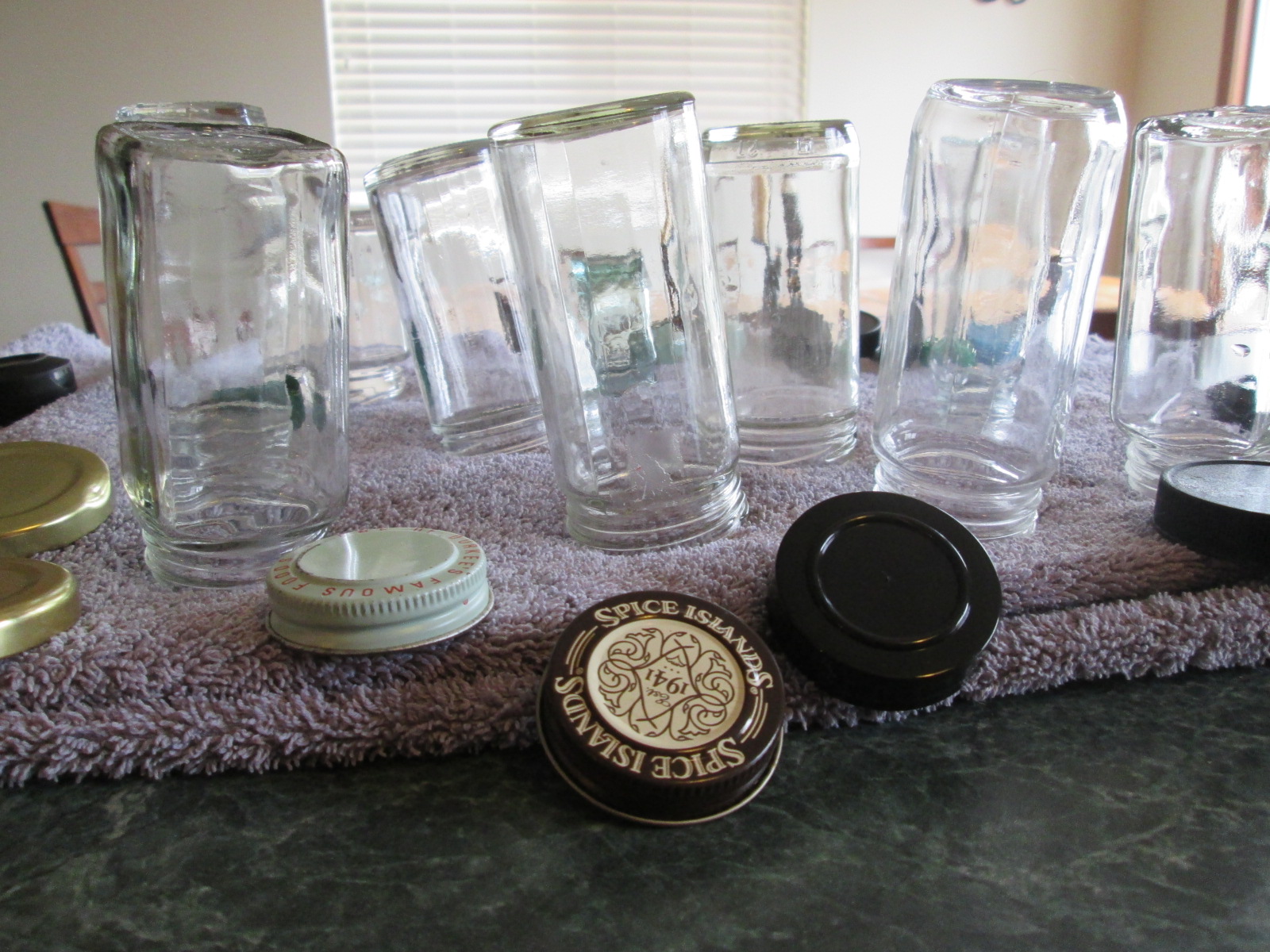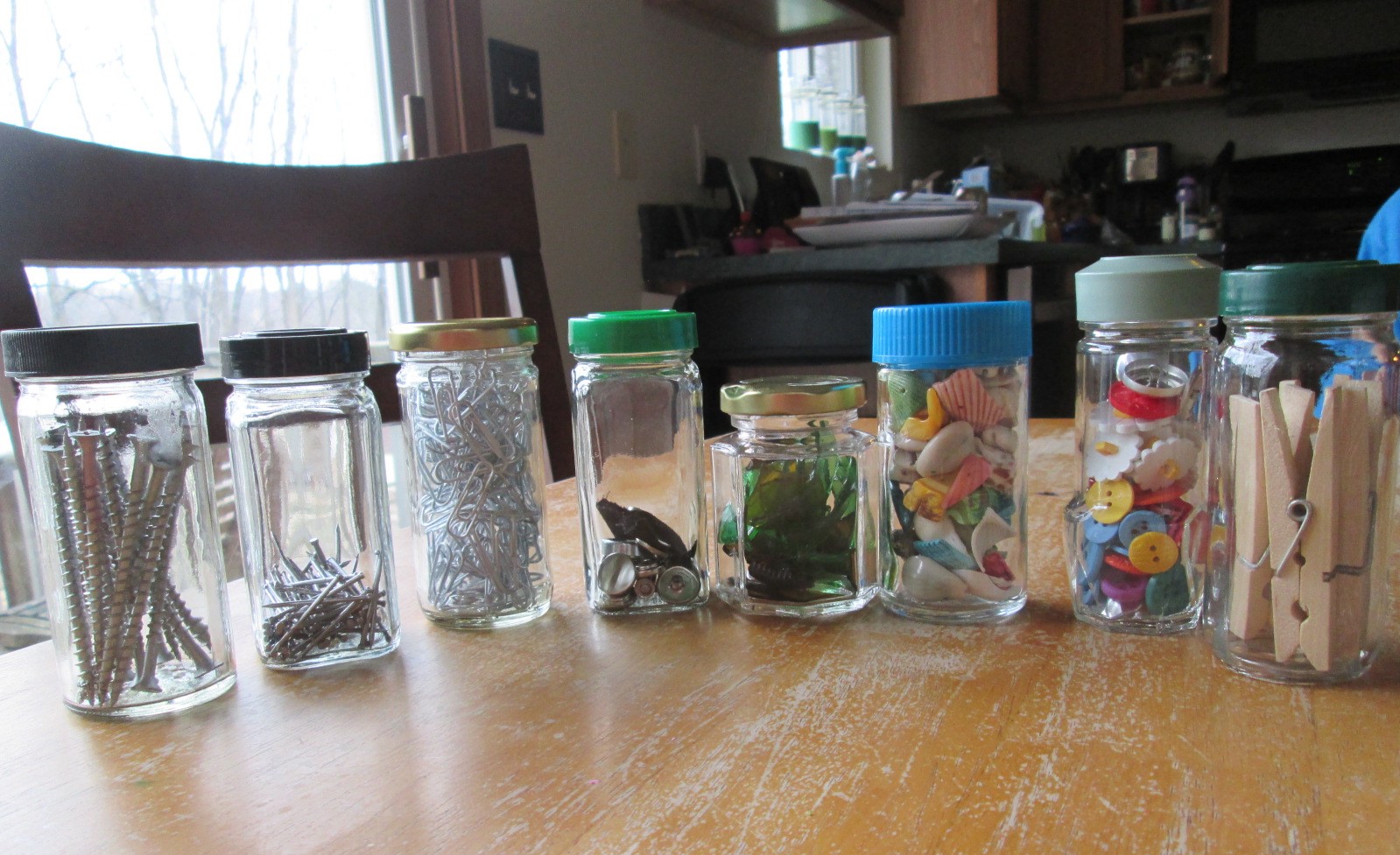This seems like the easy part of creating an invention center – you just get the supplies you need. The thing is, without a method to the madness, it’s just madness. So here are three plumb line questions to keep you stockpiling instead of just making piles.
Does the material fit into the goal of your invention center?
I know I haven’t brought up the term “goal” in the context of your invention center before, but if you’ve come this far, you probably have a good idea of what yours is already. (If you haven’t read the first two posts on creating an invention center, you can read what it is and Part 1 to get caught up.) If you’re woodworking, you’ll need wood, screws, a drill, etc.
This is the no-brainer stuff to have around. Without a stocked area, you’ll get bogged down looking for that lost paintbrush or copper wire. This is why we’re making an invention center.
How much do you need to get started?
Sometimes the zeal to create can take over, and you end up with a lot more than you need – especially if it’s freebie stock. Like toilet paper rolls. There are tons of art and engineering projects you can do with toilet paper rolls. But if you keep saving and don’t use them, well it can just start to get weird.
There has to be a FULL point. Then move on.
Did you throw a wrench in your plan?
If the answer to the last question is “nope” – then it’s time to find that wrench and throw it into the stockpile! Hear me out on this one. If you want to create a maker’s space, that’s great, but this is a defining moment for your invention center. You want to have something in your invention center that challenges you to break the mold. More than something. A fair lot of things. An acorn from last fall’s hike. A bunch of rusty nails. One red sock.
These are the grains of sand that help your creative oyster make a pearl.
Until next time,
Invent your story
Welcome Inventors! Today I am taking a break from inventing to get organized. Messes are more fun – at least that’s my motto. Look at the pic of my first blog about inclined planes if you don’t believe me! That mess was not part of the project – it’s just how we roll some days.
If you are like me, you may not be known for organization – but you can appreciate the value of knowing where things are and where they go. This saves you time, and time is valuable. Let’s invent some space!
- START SMALL: If you’ve ever bought office supplies, hardware or craft materials (very useful for inventors) you get hundreds of little pieces. And that’s nice – except what do you do with the 99 pieces you don’t need for your current project? Get that stuff together, and take a deep breath.

Once you’ve collected your little things, the next step is putting them into containers.
- IT DOESN’T MATTER WHAT YOU PUT IT IN: That’s right. You don’t need to take a special trip to the store. You can, but why not re-use old containers? This weekend my mom and I went through some spices to see what was still good – and it turned out many of them had been expired for years.

I dumped out the spices and let the containers soak in a sink of hot water, dish soap, and baking powder. Most of the labels came off easily after the bath. I set them out to dry on a towel.
- KEEP THINGS TOGETHER: After I filled my spice jars with my little pieces, I put them in wire containers. This is completely unnecessary, but grouping your supplies together and keeping them in the same place will save you frustration later. You might even call it an Inventor’s Workshop.

There you go! You’re on your way to your own inventor’s workshop. This is probably the world’s smallest workshop, but I have no doubt that this baby is gonna grow. After all, we’ve only just begun.
Let me know how this was helpful for you. Thank you for visiting my site, now go! ???? Enjoy your day and invent your story.
